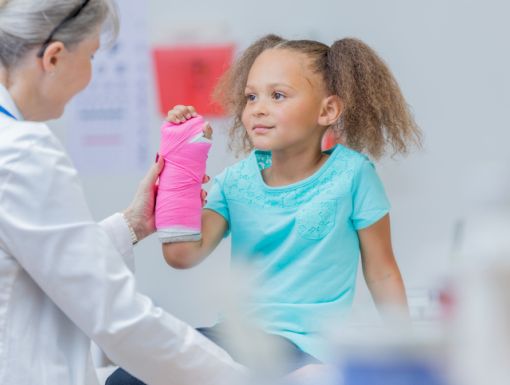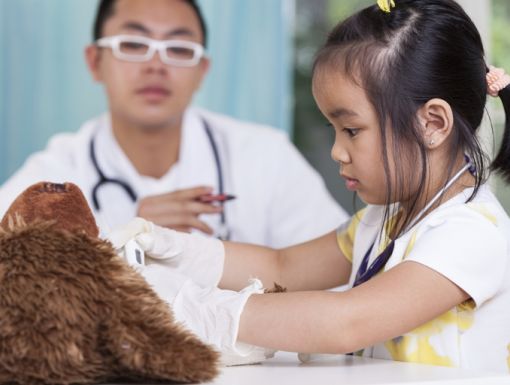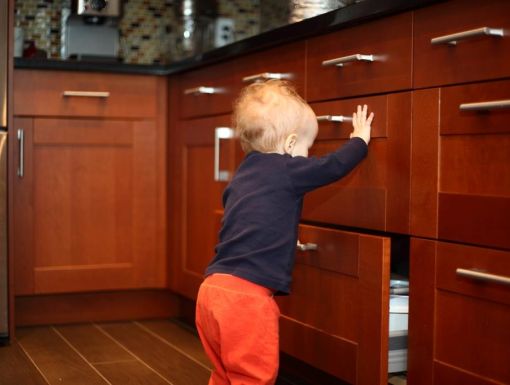
Pediatric ER vs. Regular ER - What's the Difference?
If your child is sick or injured, it’s important to quickly know the right place to turn for help. Today, many parents utilize convenient technologies like virtual visits or connecting with their pediatrician’s offices via email to get to the bottom of an unfamiliar health scenario. But when a child needs emergency care, these options may not be fast enough.
From minor illnesses and broken bones to critical health emergencies, pediatric emergency departments provide expert care specifically for young patients. When accidents happen (and they do!), a local pediatric ER is always the best choice for your child.
What Makes a Pediatric Emergency Department Different From a General Emergency Department?
- The physicians and nurses you interact with at a pediatric emergency department have specialized experience working with children and families. Not only are they knowledgeable about illnesses that are specific to children, but they are also experts at communicating this knowledge to families confidently and effectively.
- When it comes to medicine, children are not just, “little adults,” they are unique! Physicians and nurses receive specialized training and certification in pediatric emergency care. These doctors often train in both general pediatrics and pediatric emergency medicine, obtaining board certification in both fields. In a general emergency department, you will most likely see an emergency medicine physician who cares mostly for adults and may not be as comfortable with pediatric conditions.
- The exam rooms in a pediatric emergency department are kid-friendly and in some health systems (like Ochsner Health), child life staff is available to play games and provide activities for your child to ease the anxiety that comes with being sick and being in the hospital. Protocols for pediatric pain and anxiety relief are in place with the biggest goal of minimizing discomfort for you and your child while providing the best care possible.
Educating yourself on your medical options now is the best way to ensure you are well prepared should your child face a medical emergency.
Pediatric Emergency Departments: What to Know in Advance
If an illness or emergency results in a visit to the pediatric ER, here are a couple of things to prepare for:
- Have a list of any prescription medications that your child takes ready to share with the attending physicians at the pediatric ER, as well as a list of any known allergies. Bring your child’s health insurance information, as well as their surgical or medical history as well.
- We encourage parents, when possible, to leave siblings at home if they are taking their child to the pediatric ER. This is for two reasons: to allow you to focus on your sick child exclusively, and so that your other children don’t get caught waiting for extended periods of time if the necessary care and tests take longer than anticipated.
- In the hurry to get out the door, a lot of things can be overlooked. However, a comfort stuffed animal, blanket, or toy can go a long way towards easing anxiety and fear at the pediatric ER. If you have time and are able to remember to grab a treasured item to take with you, it may help relieve some of your child’s stress.
- After a visit to the pediatric ER, check in with your regular pediatrician to update them on the diagnosis and treatment so they can add the necessary information to your child’s medical history and records. Depending on the cause of the emergency and the outcome, your pediatrician may want to schedule a follow-up exam just to make sure everything is okay!
Editors note: This article was originally published on September 27th, 2017.
Helping Kids Be Their Healthiest Selves. Find an Ochsner pediatrician near you.



